TERMS OF USE: There is a chance that some of the content on this page has changed since it was last updated. By reading this article, you consent to our Terms of Use and Disclaimer. Happy Travels!
DISCLOSURE: Some of our posts may contain affiliate links which we may receive a commission if you choose to book something through one of our links.
These are the best traditional and famous food from Colombia you need to try out to get a real flavor of this super exciting country!
Colombia has a rich and diverse cuisine with a strong influence from the highlands as well as the Caribbean.
During our trip in Colombia, we spent the majority of our time split between the tropical coast in and around Cartagena, the Eternal Spring city of Medellin, the stunning coffee region (our personal favorite), and the cooler climate of Bogota tucked into the Andes mountain range. Each region of Colombia serves up its own unique Colombian food, from the coconut inspired dishes of the coast, to the rich homely soups from the cooler mountain regions.
Foodies will have a great time exploring Colombia, not only for the variety on offer but as a way to learn more about the rich Colombian culture. We've put together this guide to the top famous Colombian foods to try to inspire your own culinary Bucket List.

Explore Colombia on a gay tour
Out Adventures' brand new Colombia tour is hotter than Maluma! Beginning in Bogotá, the carefree escape will have you shaking your arepa at the largest LGBTQ club in the Americas, hiking humid jungles in Tayrona National Park, and soaking up the country's sand, sun, and sea in coastal Cartagena. The optional gay salsa class, food tour, and snorkeling excursion make this adventure muy caliente!
How did Colombian food originate?
As soon as we got out at the Bogota airport, we quickly discovered that the food of Colombia is very diverse! And why wouldn’t it be? Given the country’s size and the scope of its history, it only makes sense that Colombian culinary classics would reflect an array of peoples and cultures.
The majority of the traditional dishes throughout Colombia were shaped by the influence of the Spanish, who colonized the area around the 1500s. Alongside the Spaniards came enslaved people from Africa, thus expanding the bounds of Colombian cuisine even further. However, credit also goes to the Indigenous groups residing in the country long before anyone else.
Over time, the traditions of these unique parties melded together to create the flavorful masterpieces we know and love today! When traveling throughout the country, you will still find small differences between ingredients and preparation styles. Still, there is no denying that every morsel of Colombian food that touches your tongue will be absolutely delicious.
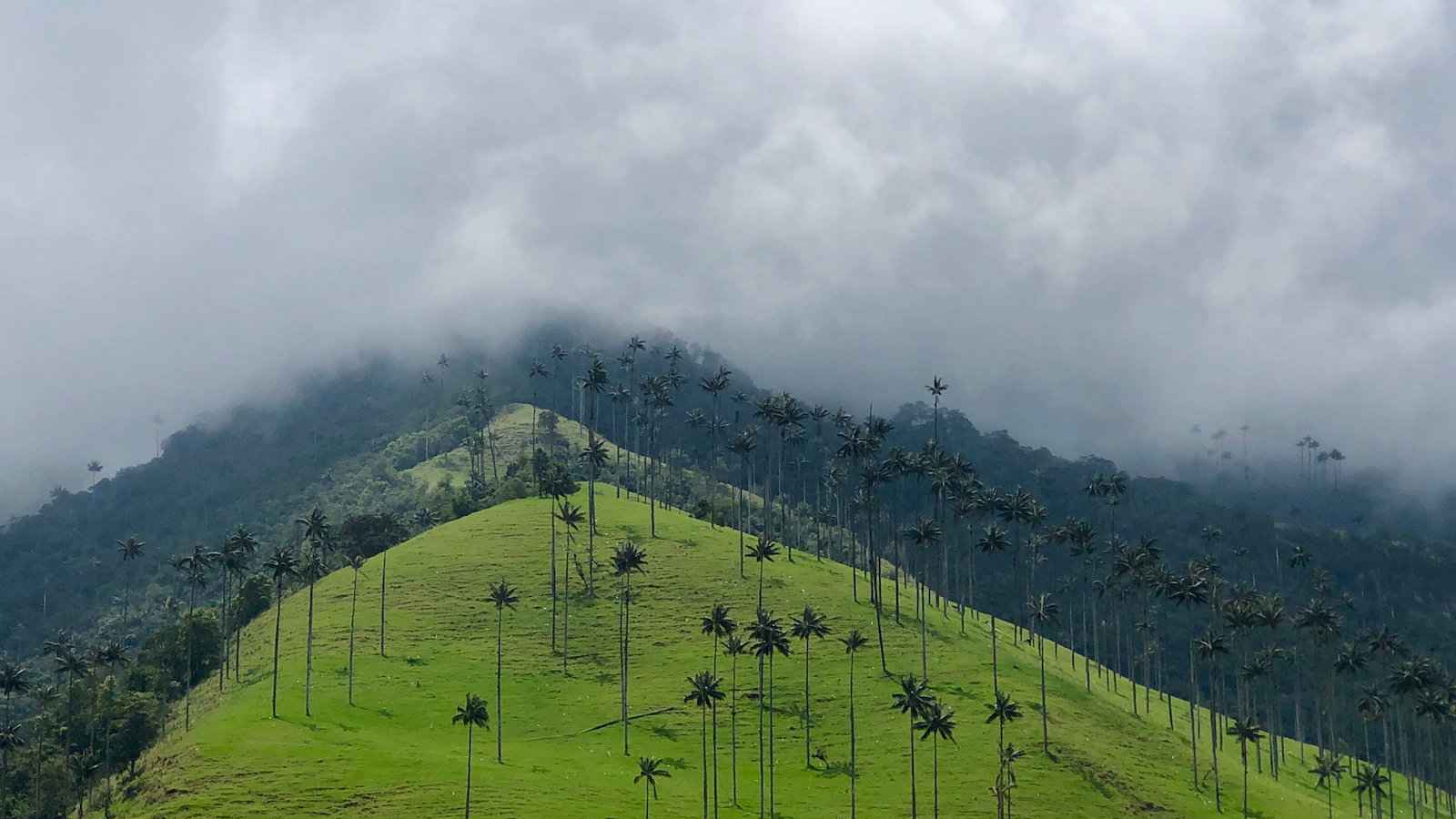
1. Bandeja Paisa: the Colombian heart attack
The bandeja paisa is the signature dish of Medellin and the surrounding Antioquia region. People from this area are referred to as paisas, and bandeja means a tray in Spanish. The bandeja paisa is a large plate with a hearty mix of rice, ground beef, red beans, chicharron (pork rinds), chorizo, morcilla (blood sausage), fried egg, avocado, arepas and plantains.
Phew!
And all that's just for 1 person!
The origins of this highly calorific meal comes from the days when the peasant field workers would consume it to provide them with a full day’s worth of energy and nourishment to keep them going throughout the entire day. One thing's for sure, after devouring an entire bandeja paisa, you won't feel like eating anything else for the rest of the day.
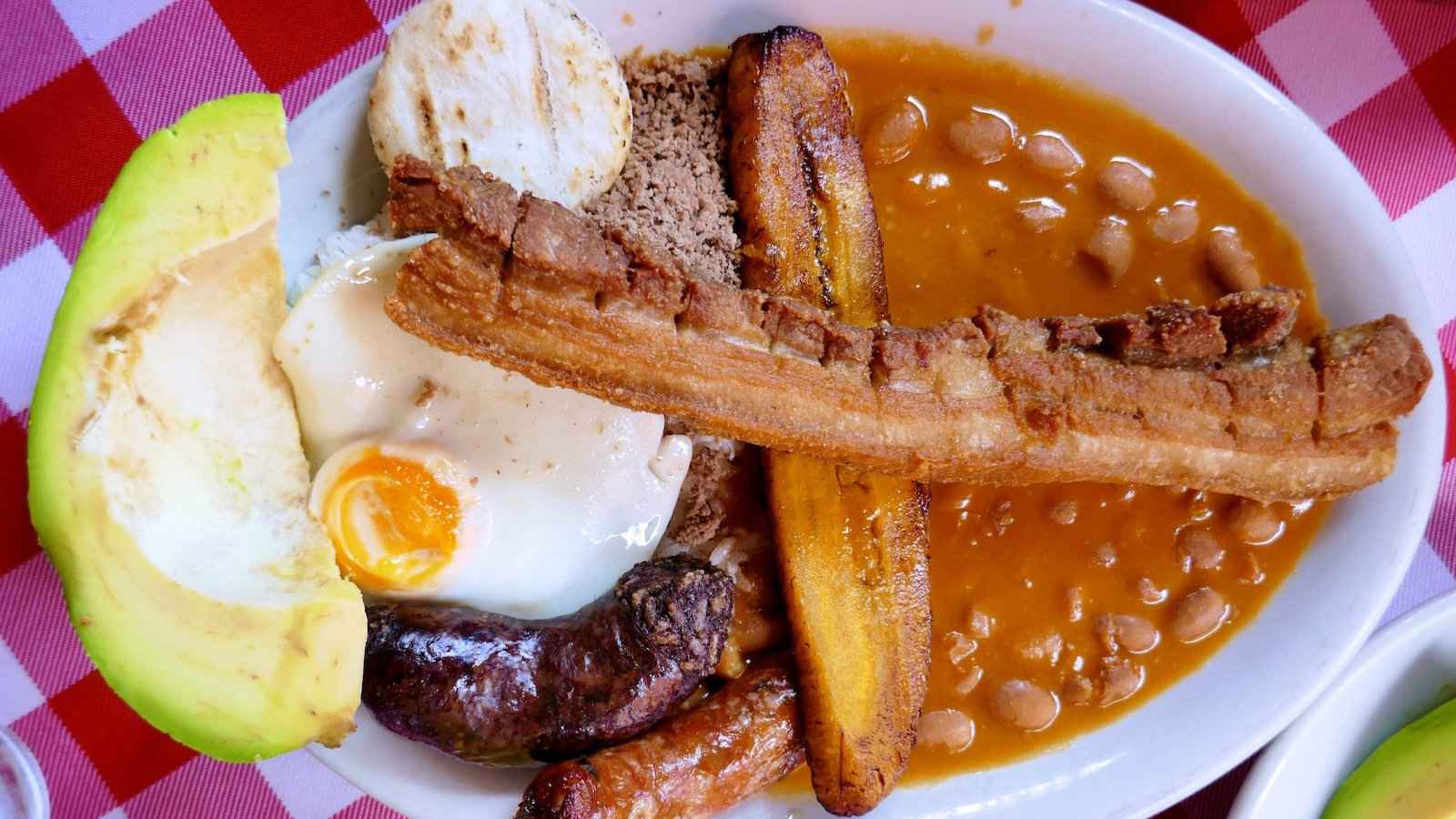
2. Arepa de huevo: cornbread stuffed with egg
Arepas are a breakfast snack and popular street food in both Venezuela and Colombia. They are deep-fried corn cakes, which come in different sizes and varieties, depending on where you are. The most popular ones are usually flat and round, made from maize flour.
Arepas date back over 3,000 years and still, today, remain an integral part of Latin American culinary culture.
In Medellin and the surrounding area, arepas are usually small white, and round, served as an accompaniment to food in place of bread. In coastal cities like Cartagena and Barranquilla, the arepas are stuffed with other ingredients to produce a more filling snack. One of our favorites is the arepas con huevo, which is stuffed with egg. It's delicious whether served at breakfast, or as a snack to compliment a cup of coffee later in the day. Other popular fillings include cheese, beans, meat, avocados, tomatoes, salad, shrimp and fish.
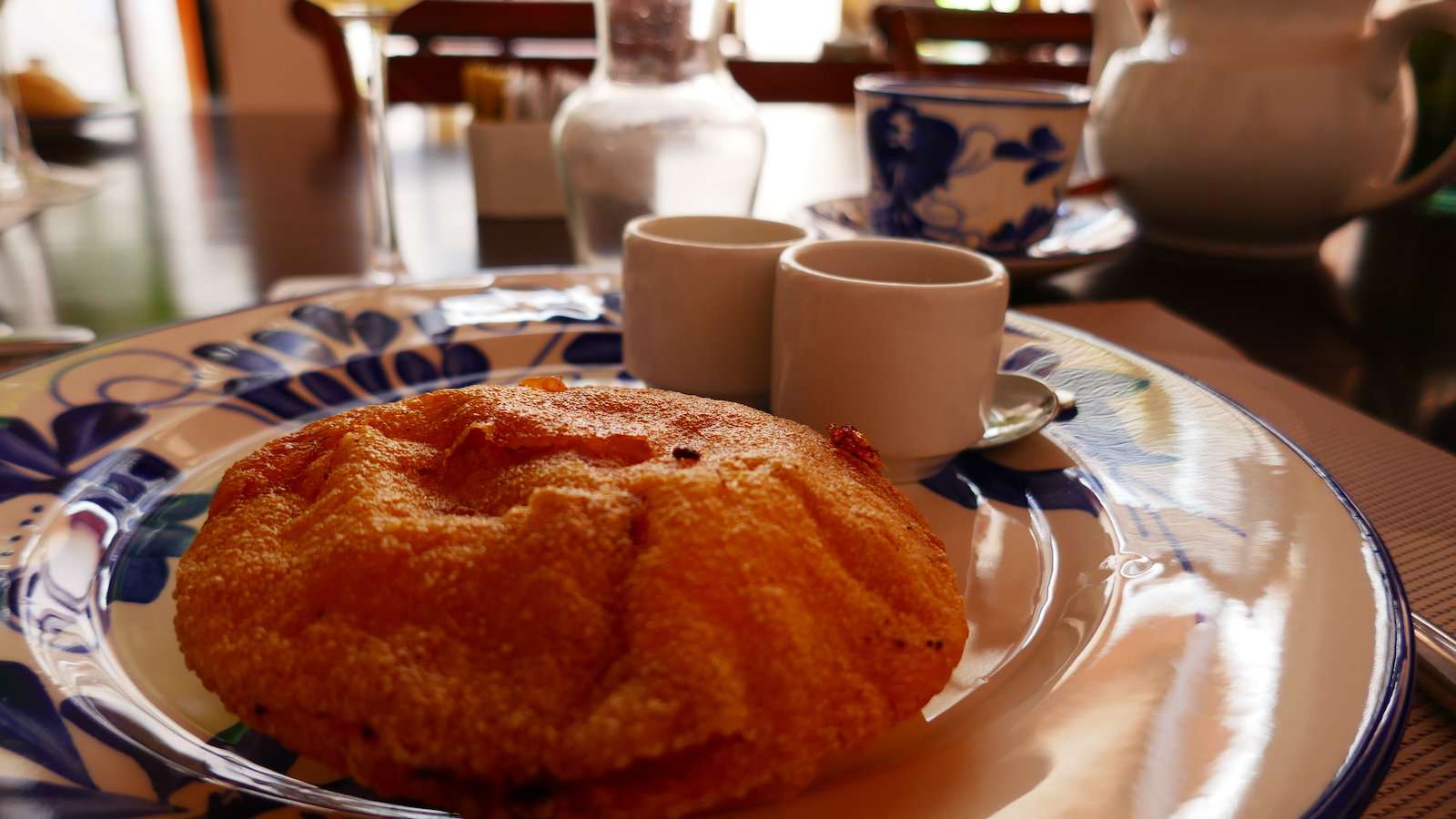
3. Ajiaco: Andean chicken soup
Ajiaco is a chicken/potato soup, which is particularly popular in Bogota, hence sometimes it's referred to as “Ajiaco Bogotano”. The capital city is located deep in a mountain basin of the Andes, so has a much cooler climate compared to Medellin and the tropical coast. Therefore, hearty soups like ajiaco are very popular here.
A typical Colombian ajiaco soup contains 3 different varieties of potatoes, as well as the galinsoga herb. Locally this herb is called guasca and interestingly in the USA it is considered a weed and referred to as gallant soldier or potato weed. In the UK it’s got an even cooler nickname – soldiers of the Queen. Try out our recipe for Colombian ajiaco if you want to try it out for yourself.
Ajiaco is also a traditional Colombian Christmas food. It forms part of the big main Colombian Christmas meal, which is traditionally served on Christmas Eve, along with arepas and the next culinary gem on our list: lechona.
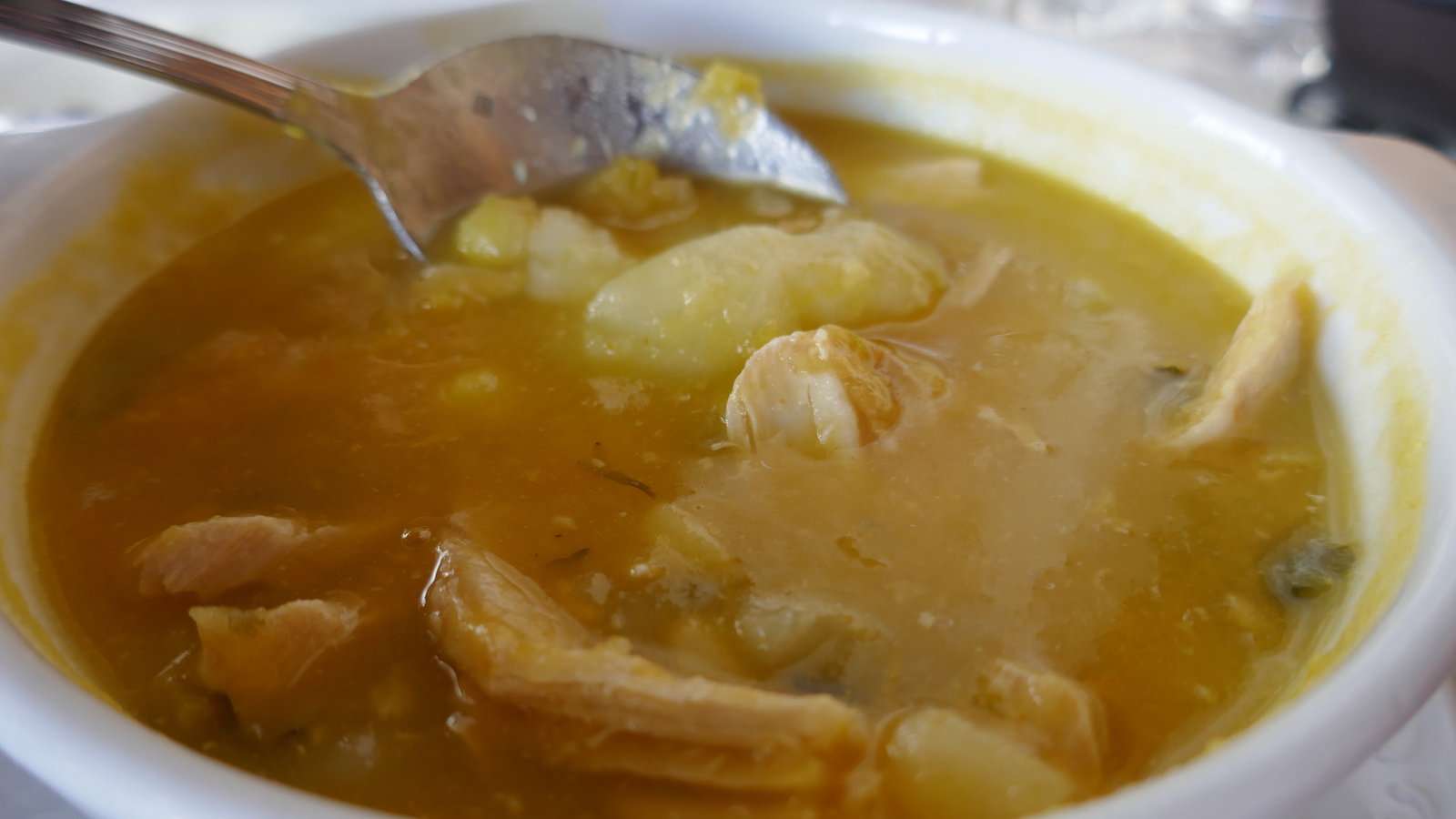
4. Lechona: Colombian roasted pig
Anyone who calls themselves a television buff must be familiar with the image of a pig being served on a shiny platter with an apple in its mouth… Right?
It’s a common trope that seems to be included only for the sake of making viewers feel either scared or disgusted. We will admit that when we first set our eyes on the Colombian dish, Lechona, our minds were swamped with those old memories. But thankfully, we kept ourselves open to the idea and actually tried a slice of this whole roasted swine.
To our surprise, we could not get enough! After being cooked in a brick oven for ten hours, the skin provides a crispy buffer to the tender, juicy meat. Plus, as a hidden surprise, the inside is stuffed with a mixture of expertly seasoned rice, peas, and onion. From just one pig, roughly one hundred people can walk away from the dinner table satisfied by their meal. Talk about hearty!
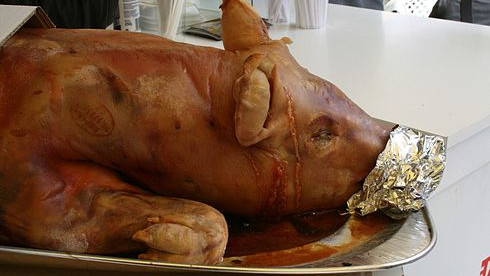
5. Buñuelos: cheese fritters
Queen Nicki said it best herself… My anaconda don’t want none unless you got buns, hon!
And no bun could possibly top the Colombian buñuelos. Though, if we’re honest, this slightly sweet snack better resembles a cheesy fritter. During our time in the country, we were always trying to get our hands on these fried balls of goodness. And thankfully, that was not a challenging task.
While buñuelos make their most significant appearance around Christmas, they can be found any time of year, especially as a quick and easy breakfast treat. The fritters are somehow soft and crunchy – savory and sugary – a perfect blend all around on account of the delectable costeño cheese baked into the dough. Some of our favorite memories of Colombia come from those quiet morning moments where we enjoyed each other’s company over hot coffee and fresh buñuelos. Ah, what we wouldn’t give to be back there right now!
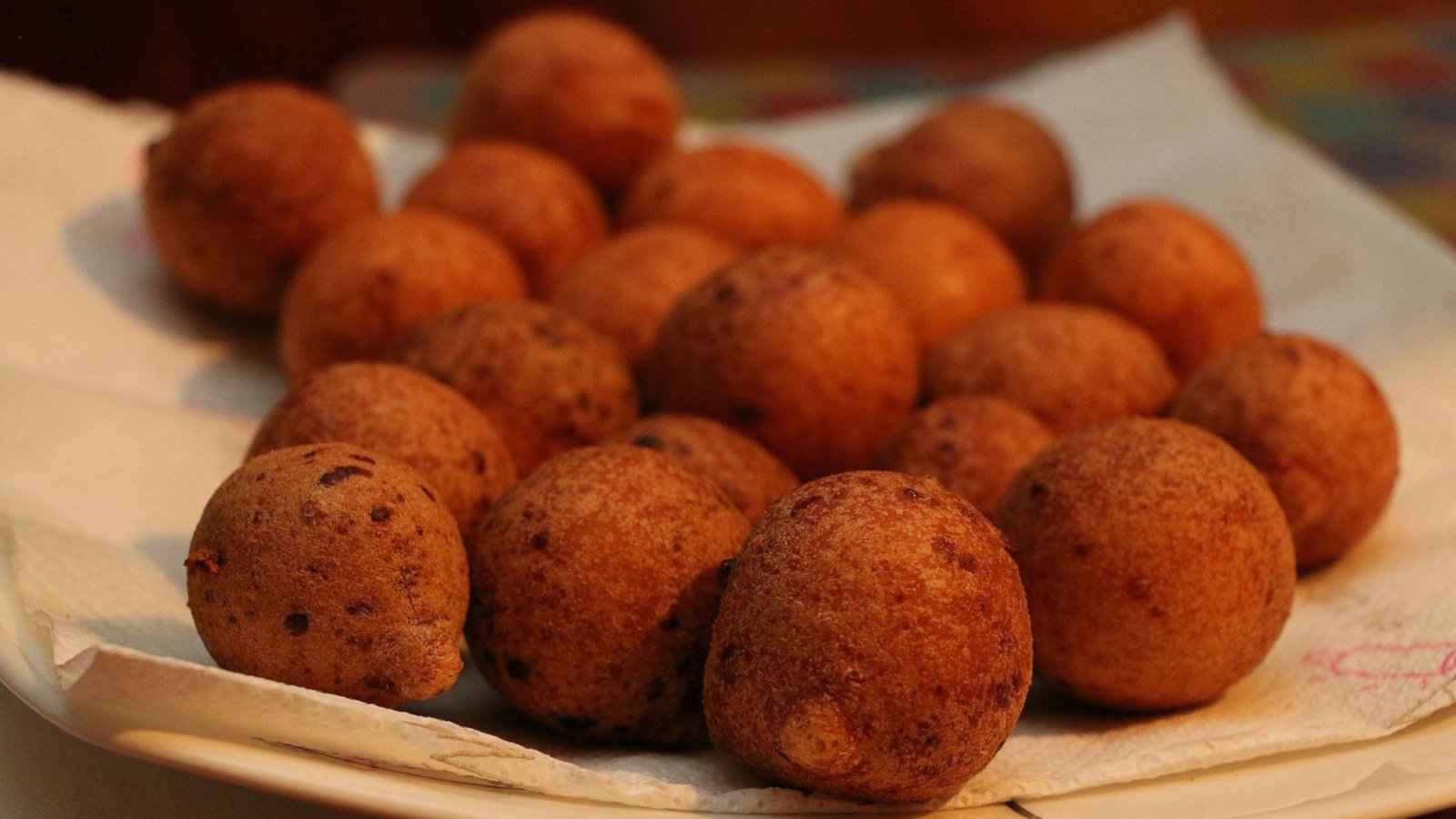
6. Sancocho: hearty Colombian stew
Do you guys happen to have a favorite season? Because we sure do… And it is, without a doubt, soup season!
During our time in Colombia, one soup, in particular, stole our hearts and made our taste buds swoon: sancocho. This mouthwatering meal is well-known throughout the country for its thick consistency and versatility. Because the flavor of the entire dish can change between chefs, we actually like to say that sancocho is more of an experience than a food.
Some of the most common ingredients included in the soup vary depending on the area. If you enjoy spending time alongside the beach like us, you will likely find sancocho that puts seafood at the forefront. Meanwhile, in the Andean region, poultry is the protein that reigns supreme. And that’s not even mentioning the slew of veggies that can complement the meat with their various tastes and consistencies. We stan a multi-talented star!
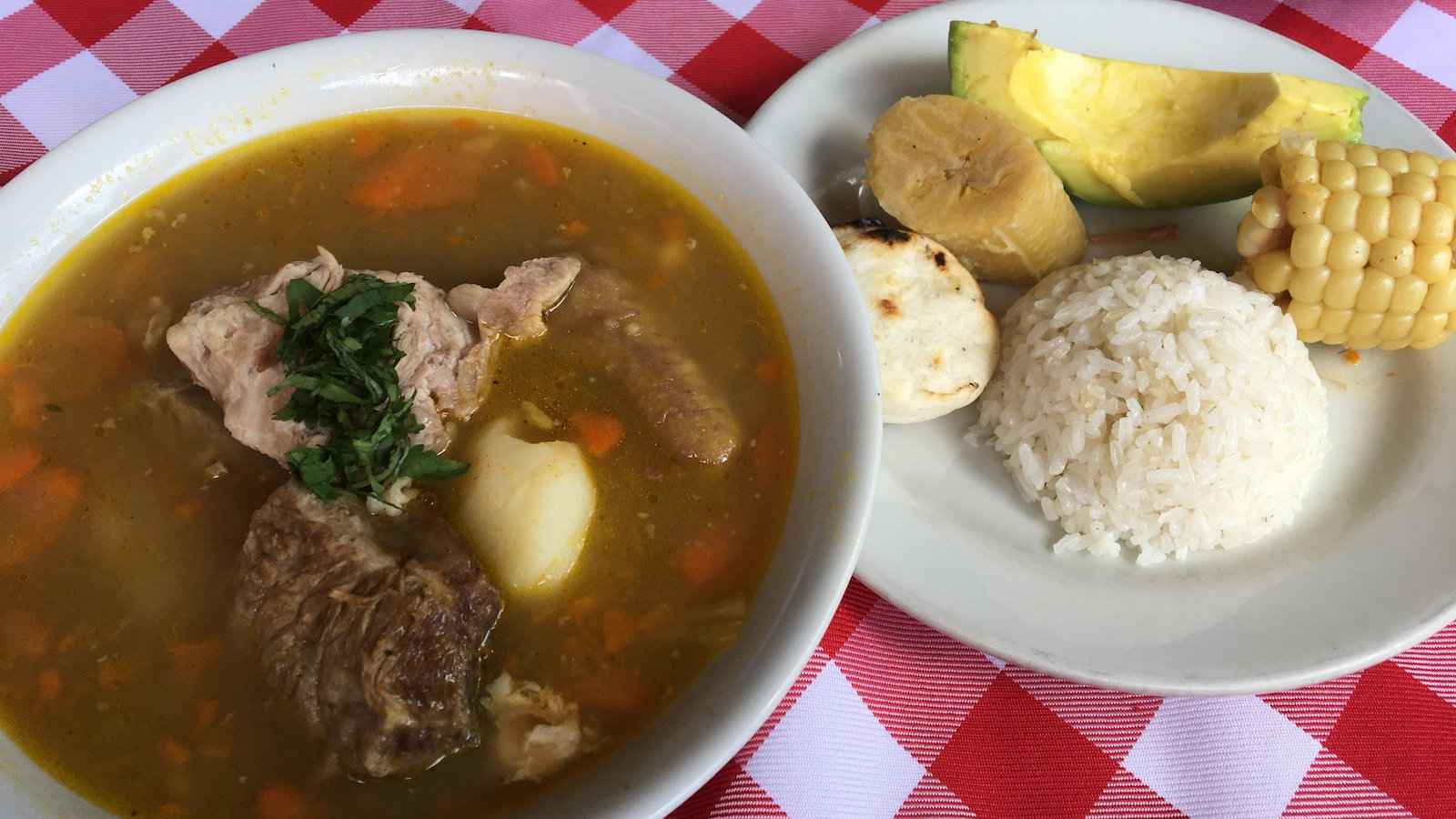
7. Chicharron: Colombian fried pork belly
We have a riddle for you. What’s a word that is as fun to say as it is to eat? If you guessed chicharron, then congratulations on your victory!
For those of you who have never heard of this appetizing pork dish, let us explain the beauty of chicharron. Bacon fanatics who prefer to chow down on those pieces that perfectly ride the line between chewy and crispy will be pleasantly surprised at the traditional Colombian delicacy’s otherworldly texture.
Chicharron is essentially just a deep-fried piece of pork belly, making it a simple food that packs a massive punch with its flavor. While we enjoyed eating chicharron as a standalone snack, we favored having it sit as a side dish for a meal. The salt and the crunch really work to complete any plate. It definitely makes sense why this savory, meaty bite would be a central component of Colombia’s national dish, Bandeja Paisa!
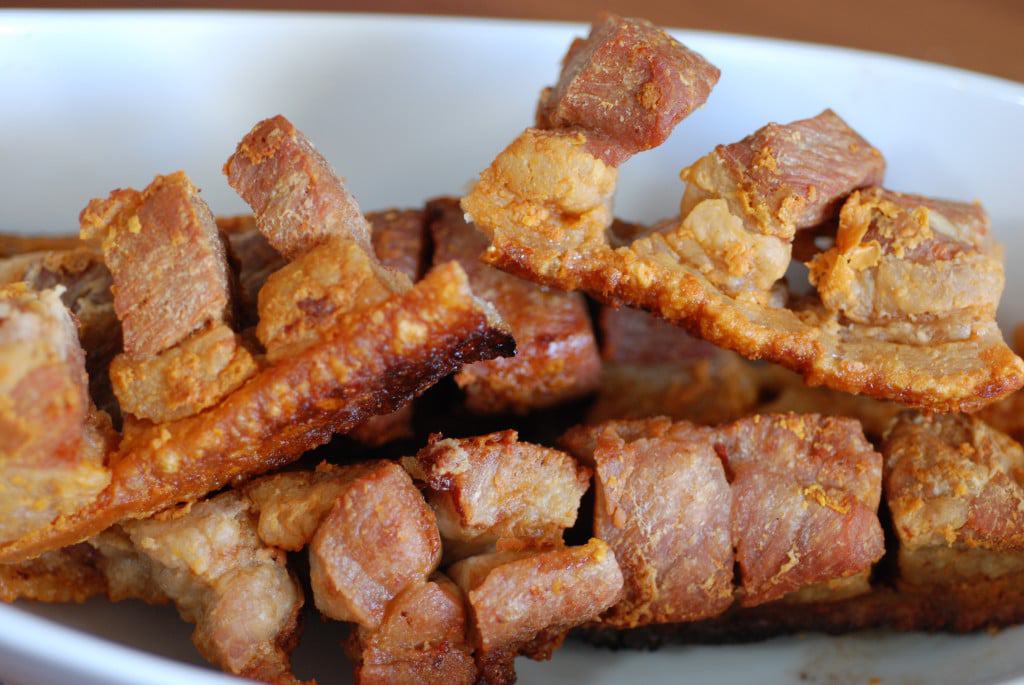
8. Patacones: fried plantain snacks
Patacones have got to be the only food in the world more addictive than Colombian coffee.
Maybe it’s because these succulent little snacks were served alongside nearly every meal we consumed in the country, but we seriously found ourselves hooked on them! To make patacones, all you have to do is take a green plantain, cut it crosswise, and then fry it twice. Of course, we speculate that there is one secret ingredient involved in every batch… Love!
While staying by the Colombian shores, we typically ate our patacones with fried fish and salad. That being said, we would have happily pigged out on these tasty treats as a whole meal. Especially if they came with a side of hogao – a delicious sauce made from tomato and onions. Despite being from Europe, where plantains are a relatively unknown fruit, eating patacones always made us feel like we were right at home.
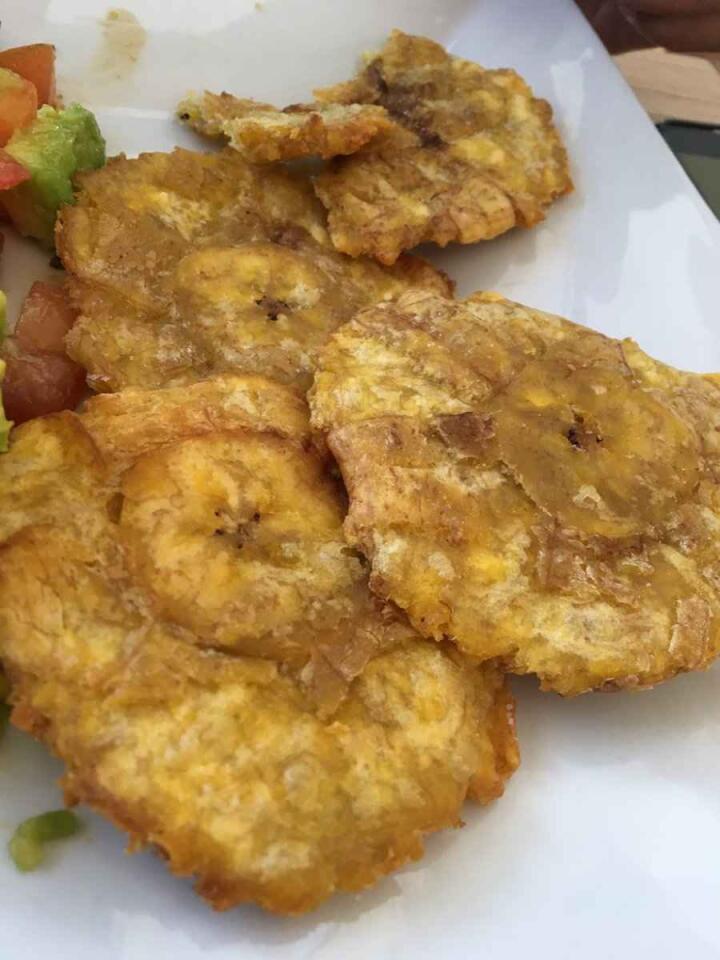
9. Aguardiente: lethal hangovers
No article about Colombian foodie experiences is complete without referencing the infamous Aguardiente!
This bad boy is one very strong Colombian alcoholic drink made from sugar cane with an aniseed flavour. It's so strong that the name, aguardiente quite rightly translates as burning water.
Whenever we went out, we'd order a bottle of aguardiente from the bar and would share it with friends, either neat or mixed with coca-cola.
Warning: the hangovers are lethal. We were told you can avoid this by ordering the aguardiente with the blue top because it has less sugar than the red top ones (the more sugar, the more severe the hangover). Despite this slice of wisdom, we still warn you to watch out for those aguardiente hangovers!!
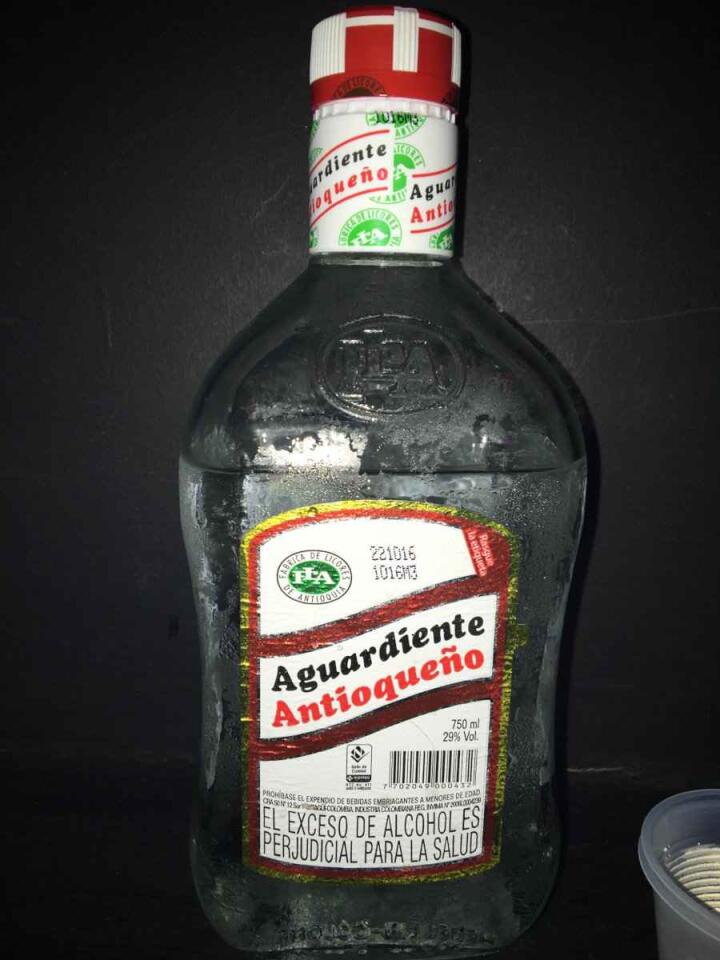
10. Pandebono: Colombian cheese bread
We don’t always like to be cheesy… But it’s kind of hard to stop when we’re going to be talking about pandebono!
Pandebono is actually known as el papa of the starchy variety of bread within the country, and we totally understand why. This Colombian bread is everything a cheese lover could want for breakfast, lunch, or, if we’re completely honest with ourselves, probably even dinner.
While pandebono can be found in either round or ring shapes, we much prefer the latter. We enjoyed taking a small ring from fresh out of the oven and dipping it into our hot chocolate, almost like we would do with coffee and donuts. It’s hard to find the right words to fully describe our appreciation for this food, but here’s our best shot… Pandebono is soft, sticky, and packed full of delectable cheese flavor that will inspire anyone who can handle their lactose to bake these treats for themselves!
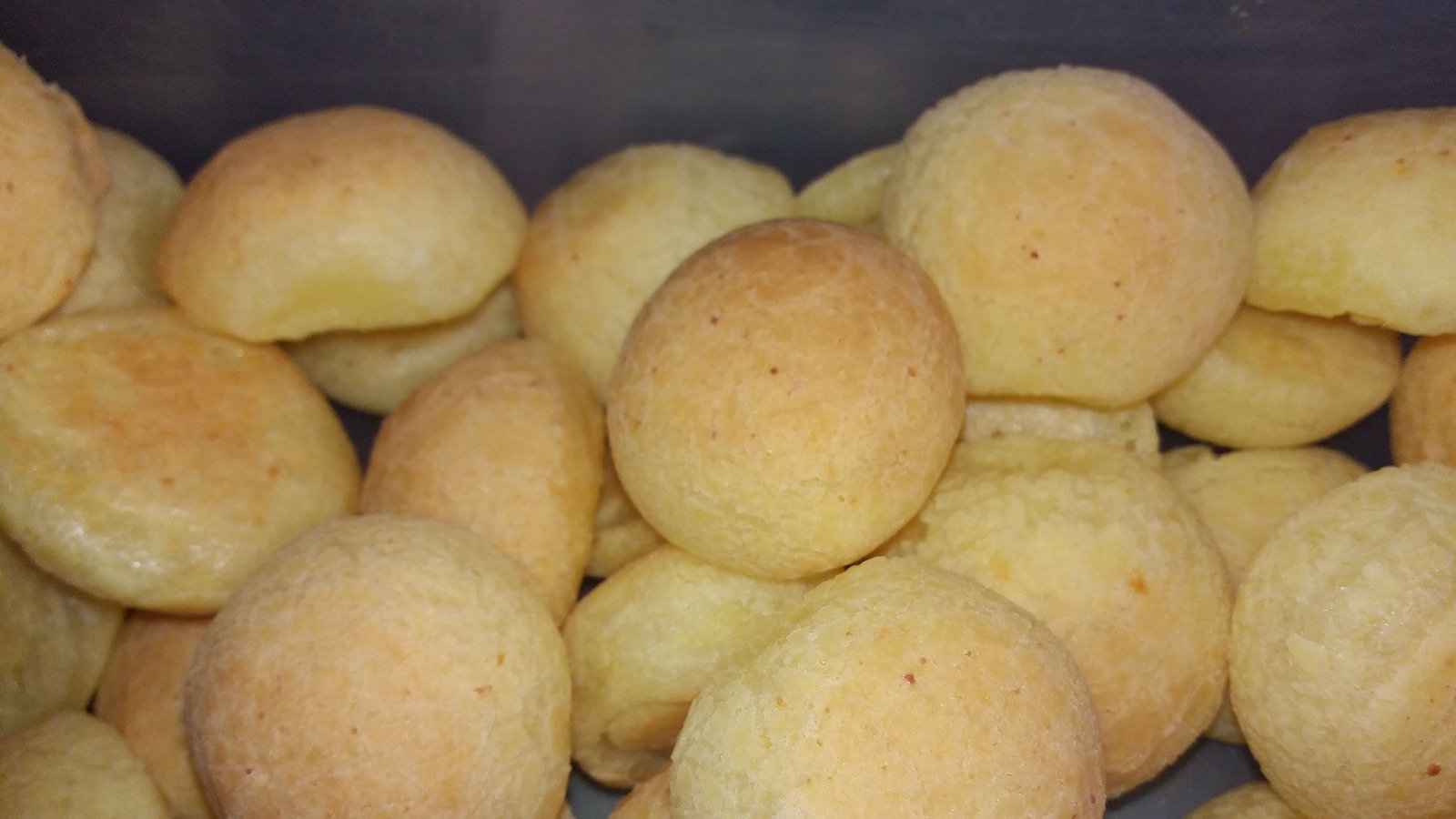
11. Torta Negra: Colombian Black Cake
To all of our American friends out there… This may cause some beef, but we have to say it… You need to get over your hatred for fruitcake!
Or, at the very least, you need to try the Colombian torta negra – AKA, the fruitcake to end all other fruitcakes. On special occasions, torta negra is nothing short of a blessing. Whether the event is a Christmas celebration, wedding, or baptism, you will undoubtedly be able to find this yummy confection.
In our opinion, what makes the cake incredibly special is the amount of time and energy that goes into its preparation. Around two to three weeks in advance of the actual baking of the torta negra, a mixture of candied fruits are macerated alongside almonds, hazelnuts, and spices within a spicy concoction of rum and wine. All of that alcohol makes the cake super moist and luscious, which keeps us coming back for bite after bite!
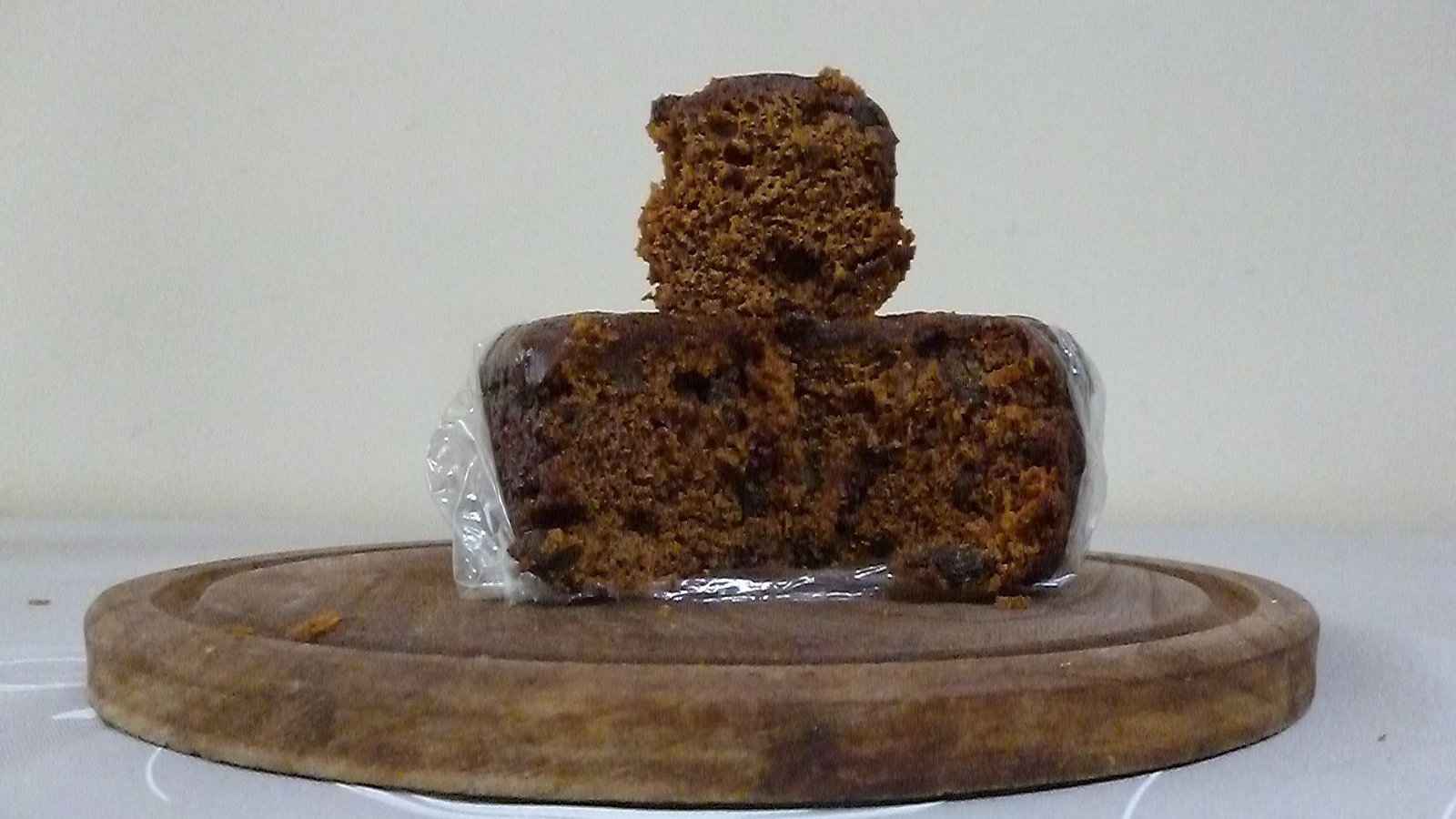
12. Natilla: Christmas custard pudding
You’ve obviously heard of chestnuts roasting on an open fire… But what about natilla?
When Christmas comes around in Colombia, its citizens crave this dessert above all others. And yes, like that famous song about chestnuts, natilla is traditionally cooked over a campfire, either in the streets or on the patios of peoples’ home residences. You can find the sweet goodie in stores, but trust us, you will want to try a homemade version.
Natilla closely resembles flan, but others also compare it to pudding or dulce de leche. The consistency tends to lean towards gelatinous, where it is served up in whole slices but remains smooth and creamy. Out of the natilla we tried during our time in the country, we personally preferred the versions that added coconut and cinnamon. Those supplementary textures and tastes really take the dish from a ten to a twenty!
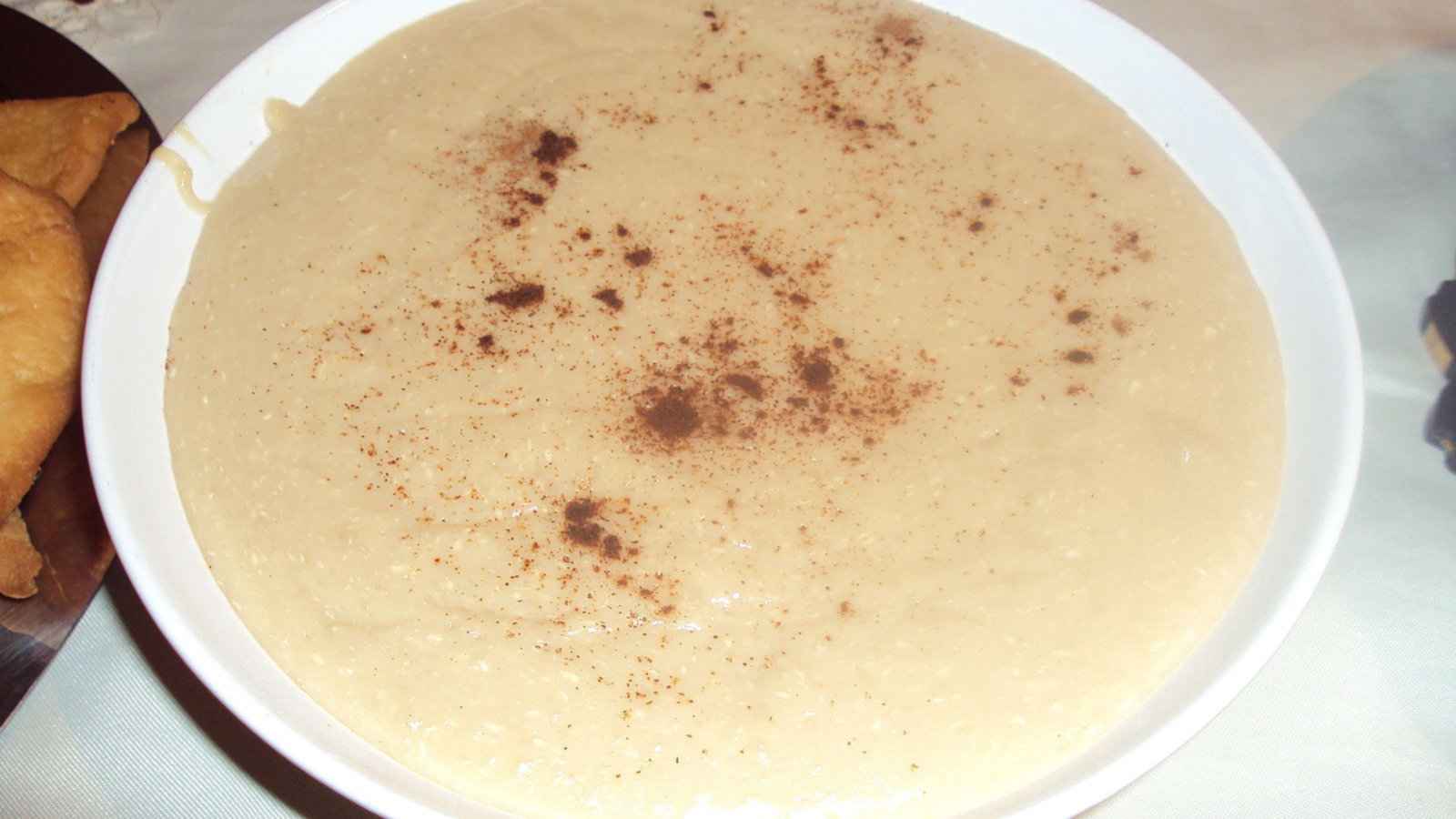
13. Pescado frito: fried whole fish
As long time Londoners, fish and chips basically run through our blood. Yet nothing could have prepared us for the Colombian cuisine known as pescado frito.
Unlike the fried fish we adore, pescado frito is a fish served whole. You heard us right! The entire fish is plunged into the fryer before being served with sides of coconut rice, patacones, lettuce, and tomato. Now, we understand that having a fish staring back at you from a plate is not the most appetizing scene, but we firmly believe everyone needs to try it!
Despite a lack of heavy seasoning, pescado frito brings it all to the table with intense flavor, especially when you’re dining along the coast. The most popular kinds of fish used for this meal are mojarra, red snapper, and tilapia. That being said, we found everything to be fabulously fresh and extremely exquisite.
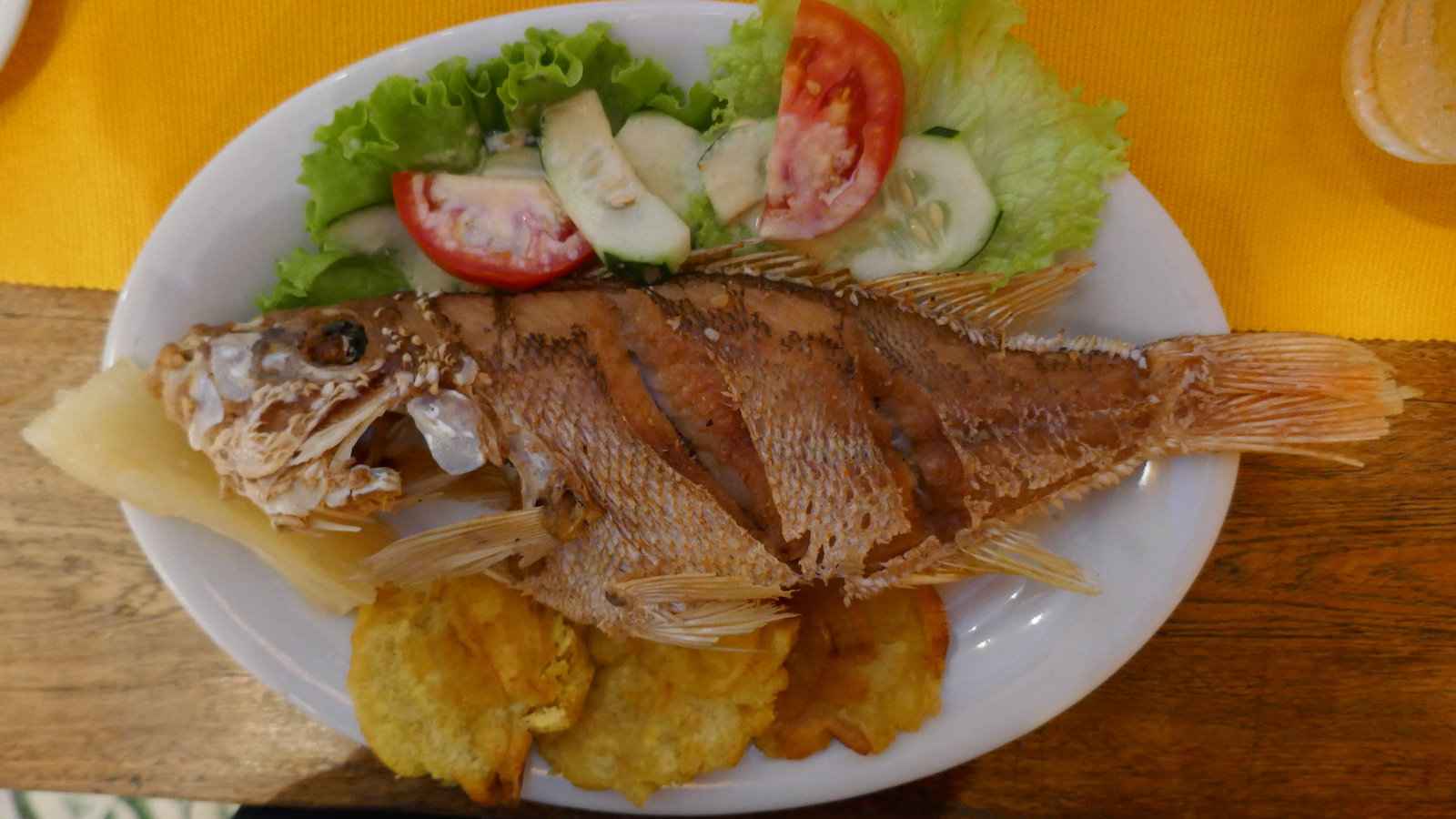
14. Tamales: the Colombian version
Tamales are most notably associated with Mexican culture, but it’s difficult to tell where this ancient food had its true beginnings.
Regardless, it seems like every Latin American country values the complexity and creativity of this tempting dish! What sets Colombian tamales apart from the rest are their size, level of spice, and cooking method. Essentially, Colombian tamales tend to be larger and milder than the traditional Mexican version. You will also find that every Colombian tamale is cooked after being wrapped in banana leaves, which diverges from the typical corn husks.
That being said, even throughout the country, it is improbable that you will find two tamales that taste exactly the same! Every recipe differs between families, communities, and regions. While the masa still brings home that familiar corn flavor and crumbly texture, the diverse fillings are what makes the meal so extraordinary. Honestly, though, we’re not at all picky when it comes to these special Latin delicacies!
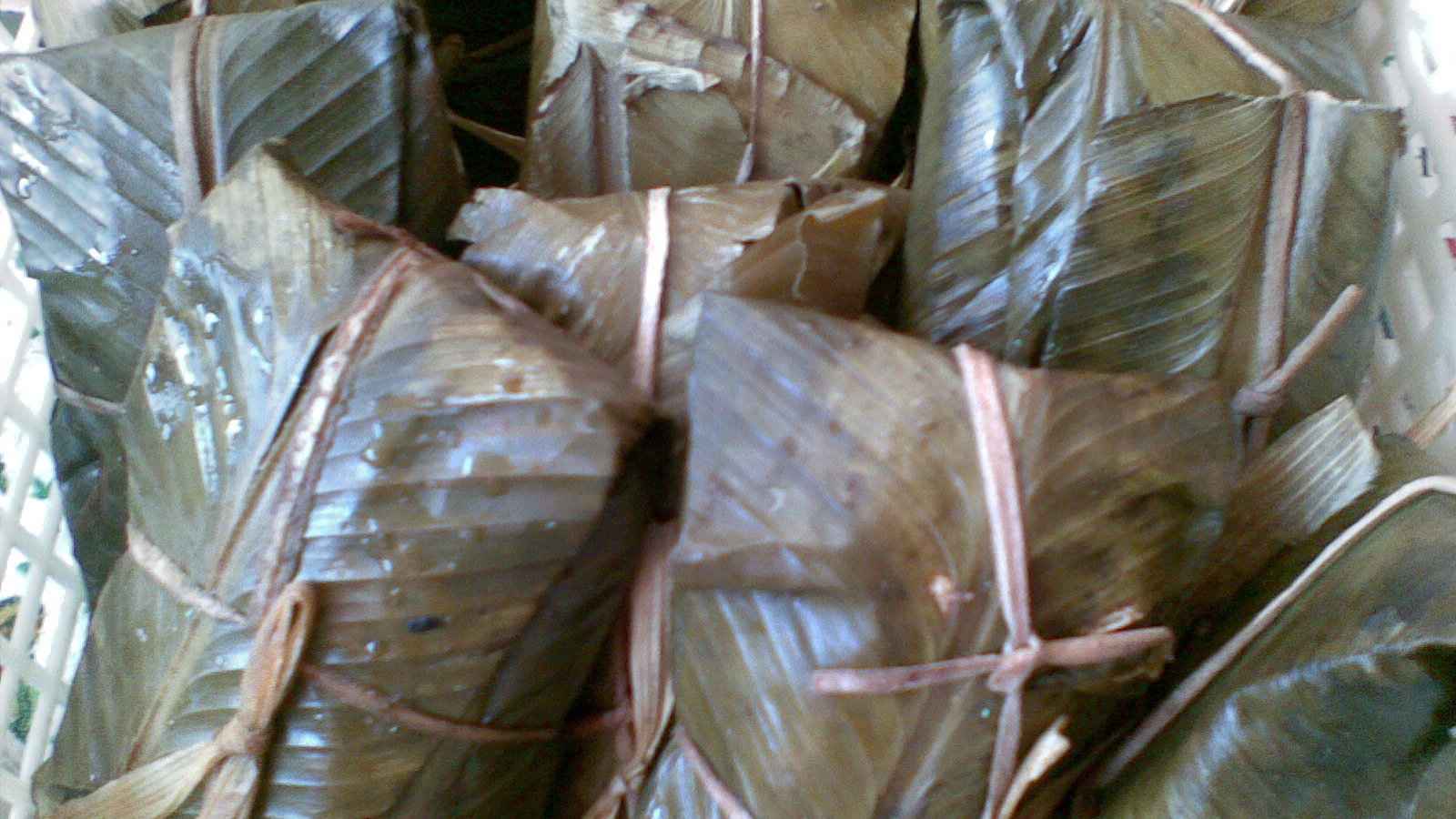
15. Roscones: Colombian sweet round bread
Two things in life will always be considered cozy: 1) snuggling on a snowy day, and 2) relaxing inside a warm bakery.
And if there is one thing that we remember fondly from our trip to Colombia, it has to be the energy and the delightful smells that greet you when you walk into one of their bakeries! Everything feels simple and affectionate, almost like visiting a favorite relative. This feeling is, of course, amplified by the heavenly taste of roscones!
Not only is the aroma alluring in every way, but the flavor is out of this world. It’s easy to see why Colombians consider roscones to be their national dessert once you finally sink your teeth into the soft, gooey pastry. Out of the two most popular flavors of bocadillo (guava) and arequipe (dulce de leche), we often like to order the bocadillo for its subtle sweetness.
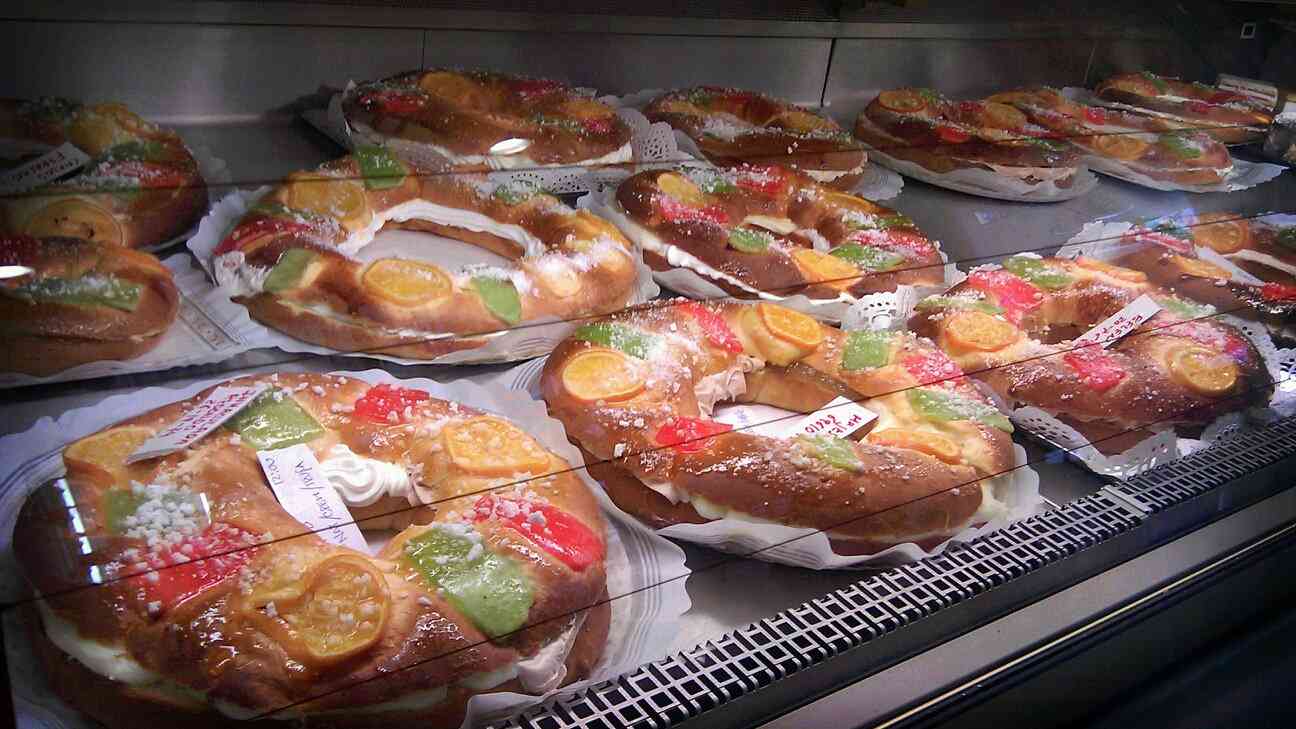
16. Obleas: thin Colombian wafers
One of the best parts of traveling to a new country? Trying all of the fun and exciting foods that can be found at street stalls.
When we’re in Colombia, one street fare, in particular, calls our names: obleas. This sugary delight is somehow both plain and refined. Think waffle cones meet store-bought snack cakes, and you’ll pretty much have the right picture of obleas!
It all starts with a thin, round wafer. The vendors keep loads of them at their stands, stacked up high to lure in hungry customers. Then, in between layers of these wafers comes the filling! From our perspective, this is where things really start to become fun. The most common spread for obleas is dulce de leche, but you can also venture out into the realm of fruit jam, sprinkles, or even cheese. One of our favorite combinations is actually doing a fruity filling with some cheese for texture – yum!
17. Calentado: traditional Colombian breakfast
They say that breakfast is the most important meal of the day, but they really mean it in Colombia!
Calentado is the traditional Colombian breakfast, and it is possibly the heartiest and most resourceful meal we have come across during our travels around the world. Calentado translates to heated, which makes tons of sense when you realize that the plate is entirely composed of leftovers.
More often than not, this full breakfast plate consists of leftover rice, beans, potatoes, beef, eggs, chorizo… Well, truthfully, if you name it, we’re sure it can be found in calentado! The dish does not have a set recipe, yet it can be found in most Colombian restaurants, guaranteeing a unique experience every time you eat it. We personally like our calentado with a fried egg on top and a hot chocolate to drink, which completely hits the spot after a night full of dancing and drinks.
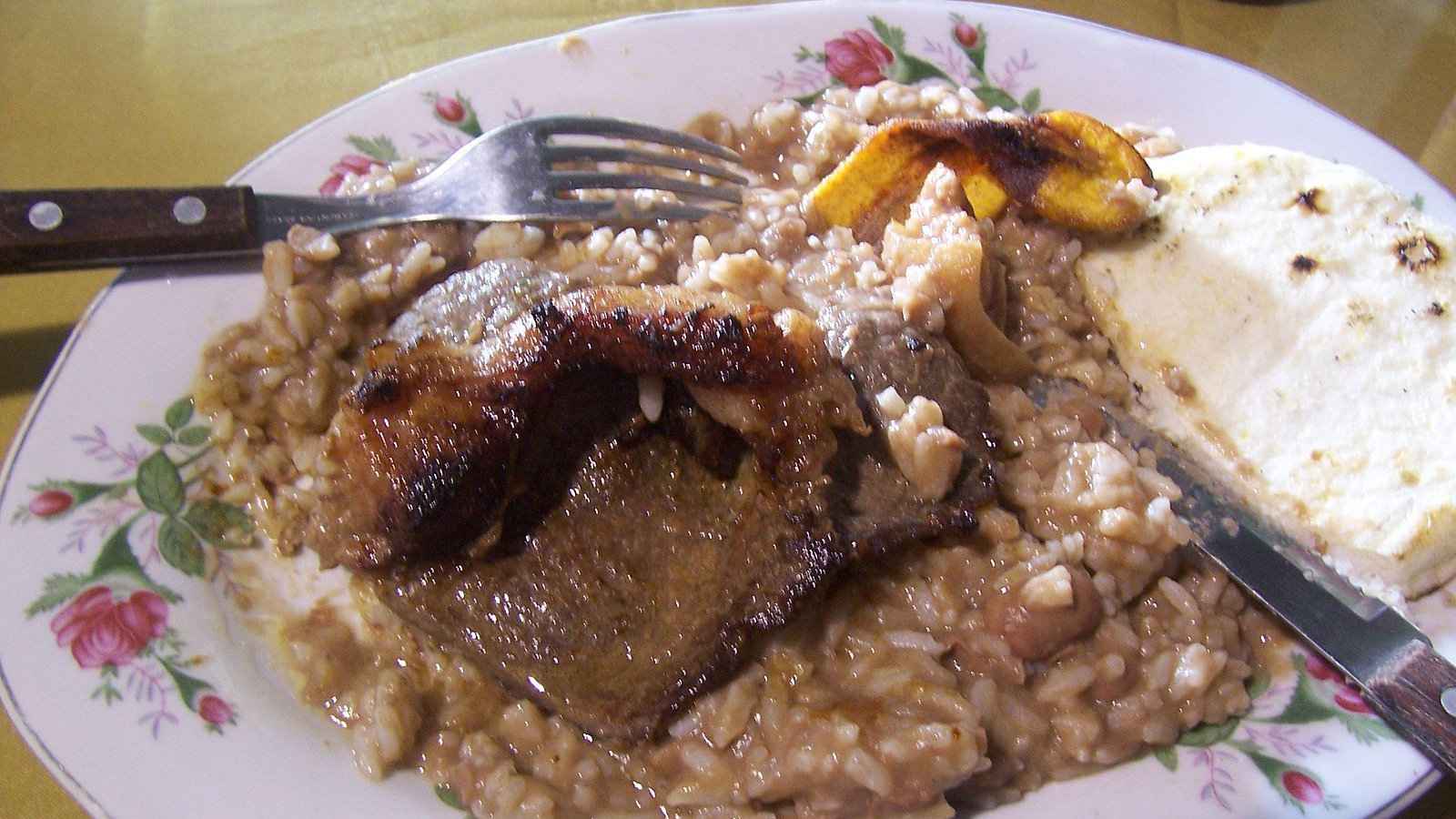
18. Solteritas: crunchy orange fritters
Ladies, gents, and non-binary pals, today we’re presenting a star among the rubble. They are sweet. They are crispy. They are everything a kid could ever want as an afternoon snack. Coming to Colombia all the way from Scandinavia, we present to you… Solteritas!
In Scandinavia, these enticing treats are actually referred to as rosettes. They are mostly served up around Christmas, but thankfully, you can find them in Colombia any time of year. Plus, Colombians like to put their own twist on the entire dessert.
Whereas Scandinavians make this deep-fried cookie a subtler vanilla flavor, Colombians go full throttle with a tangy orange zest! Complimenting the taste perfectly is a topping of sticky-sweet cream, which takes the dish from tempting to completely irresistible. Eating ten of these in a row would take no effort at all… We may or may not be speaking from experience, but that’s a story for another day…
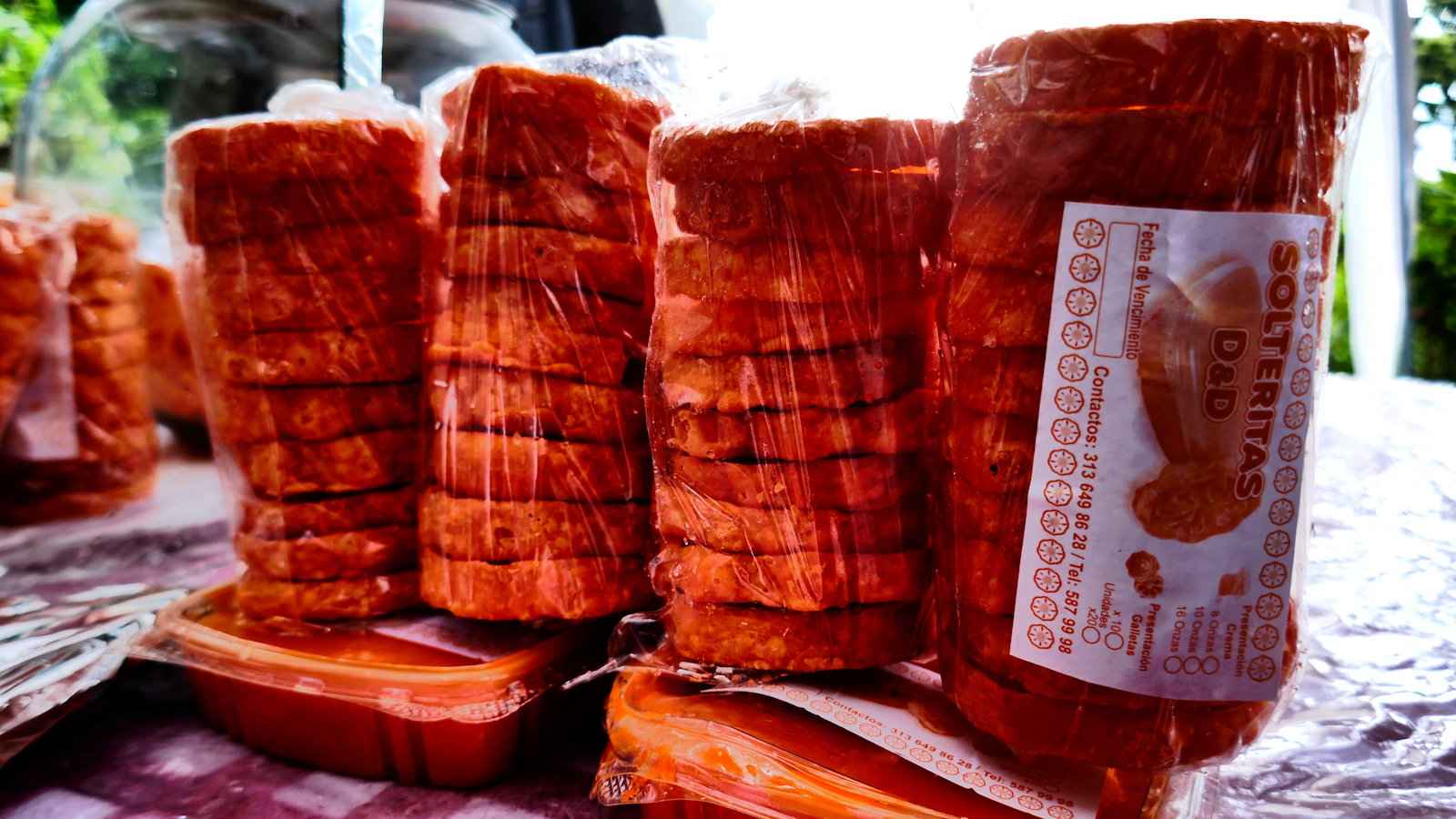

Advice for LGBTQ travellers to Colombia
Colombia is generally a gay friendly destination. If you're in the touristic areas, like Bogota, Medellin and Cartagena, you will be unlikely to ever experience any problems. Booking double beds in hotels was never a problem for us. However, homophobia is sadly prevalent in rural parts of the country, particularly in the coastal regions, so take care when heading to small towns and villages there. For more about gay life in Colombia, read our interview with Jesus from Barranquilla.
Happy travels are safe travels
We recommend you always take out a reputable travel insurance before your next vacation. What happens if you suffer from illness, injury, theft, or a cancellation? Many travelers forget about it and regret it when something happens. Better to pay a small price and have the peace of mind and not worry.
For more inspiration:
- Check out our gay guide to Medellin
- As well as the coolest gay hotels to stay at in Medellin
- Read our gay city guide to Bogota
- Along with the best gay bars in Bogota for partying!
- Don't miss our gay guide to colorful Cartagena
- Learn more about the country with our interesting facts about Colombia you need to know
- Find out what it's like growing up gay in Colombia
- And what it's like partying in the biggest gay club in Latin America!
Like this post? Pin it
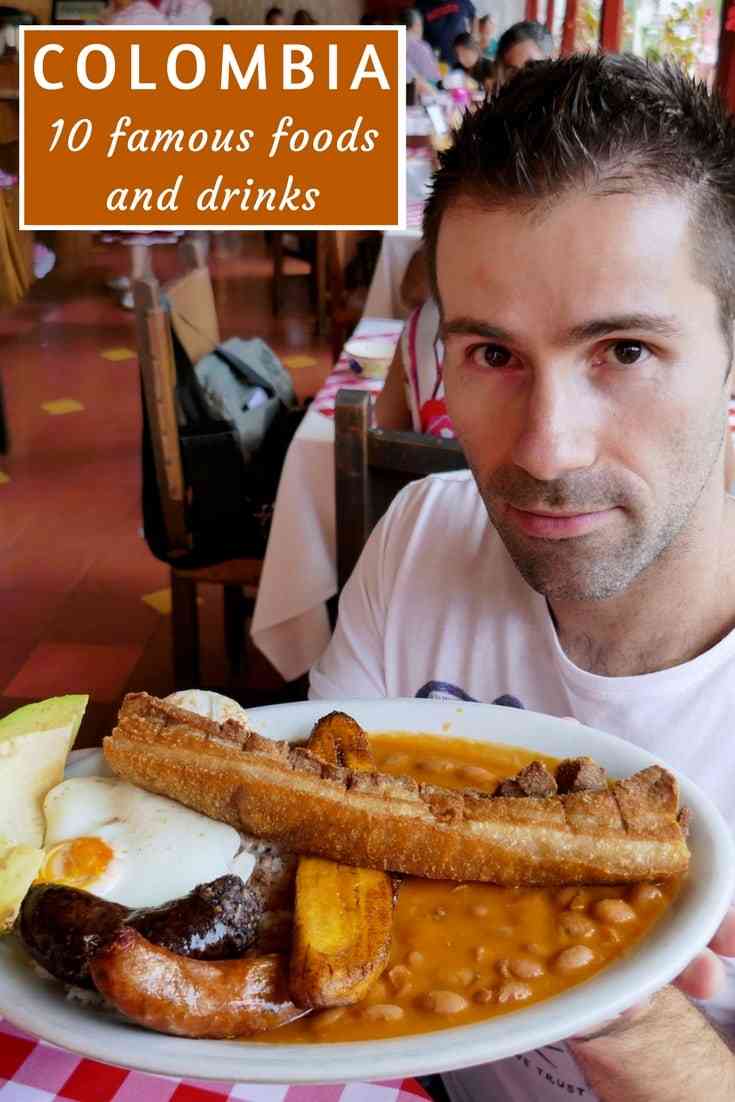

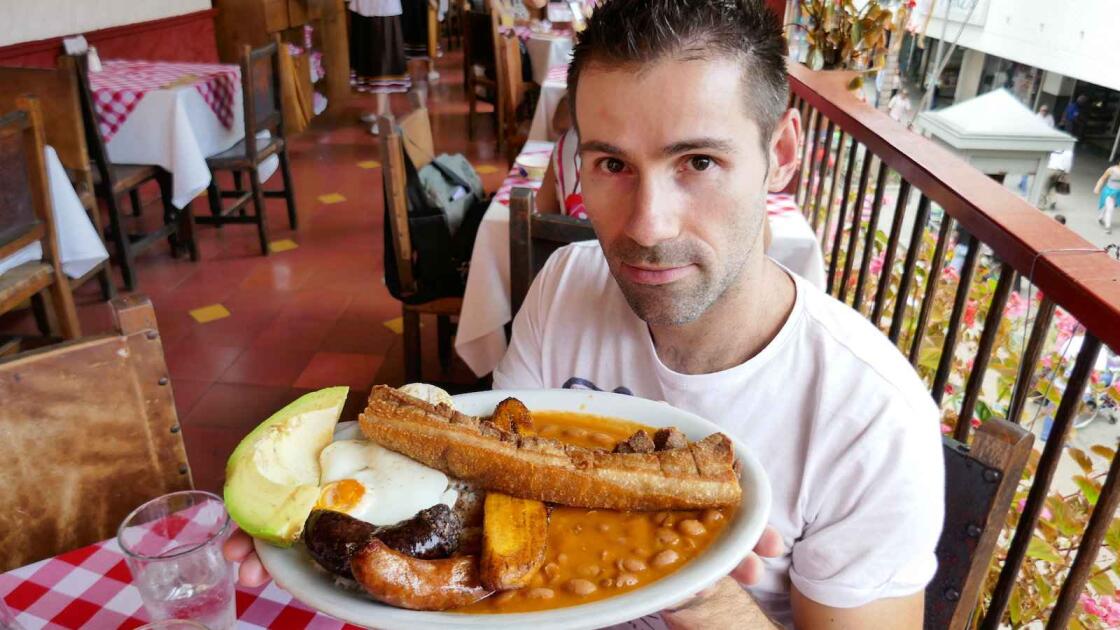

Orlando Salazar
Monday 16th of December 2019
I really enjoy reading your articles. They are very informative besides. Thank you
Stefan Arestis
Monday 16th of December 2019
Thank you!
Ryan Biddulph
Monday 27th of November 2017
The Columbian heart attack looks so good guys LOL. But only for a meal or 2. Something about that mix of meat and carbs. South American fare is so filling, so tasty and one meal a day usually does the trick. Brilliant. All of the food looks good. The more I learn about this beautiful land the more I want to pay a visit. Thanks for the rocking share guys.
Ryan
Nomadic boys
Monday 27th of November 2017
Thanks for reading Ryan :)